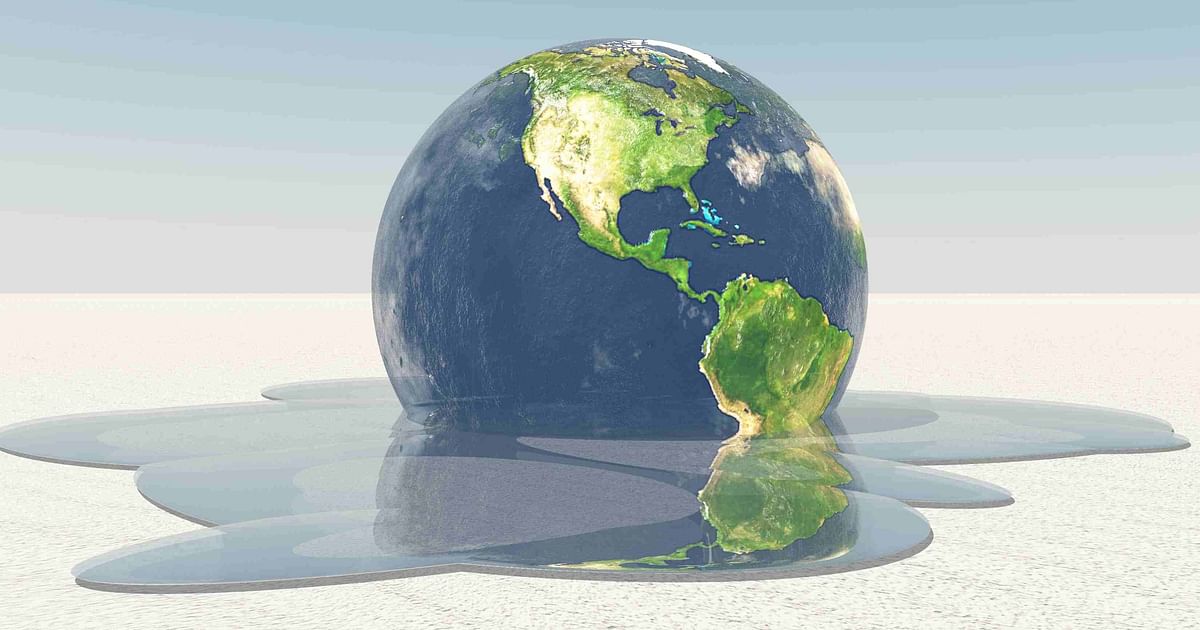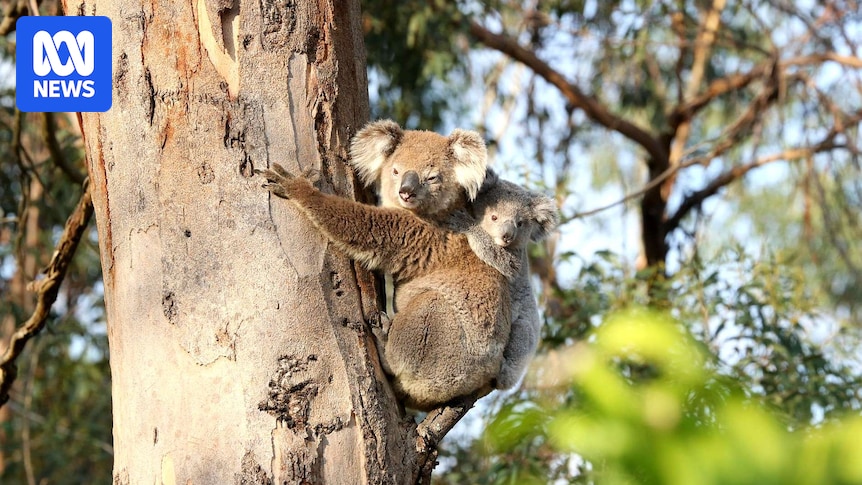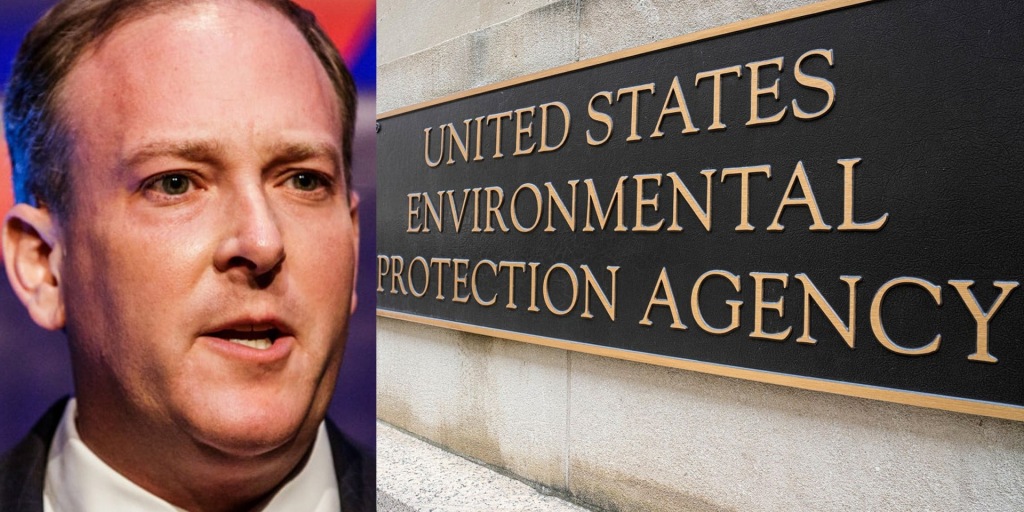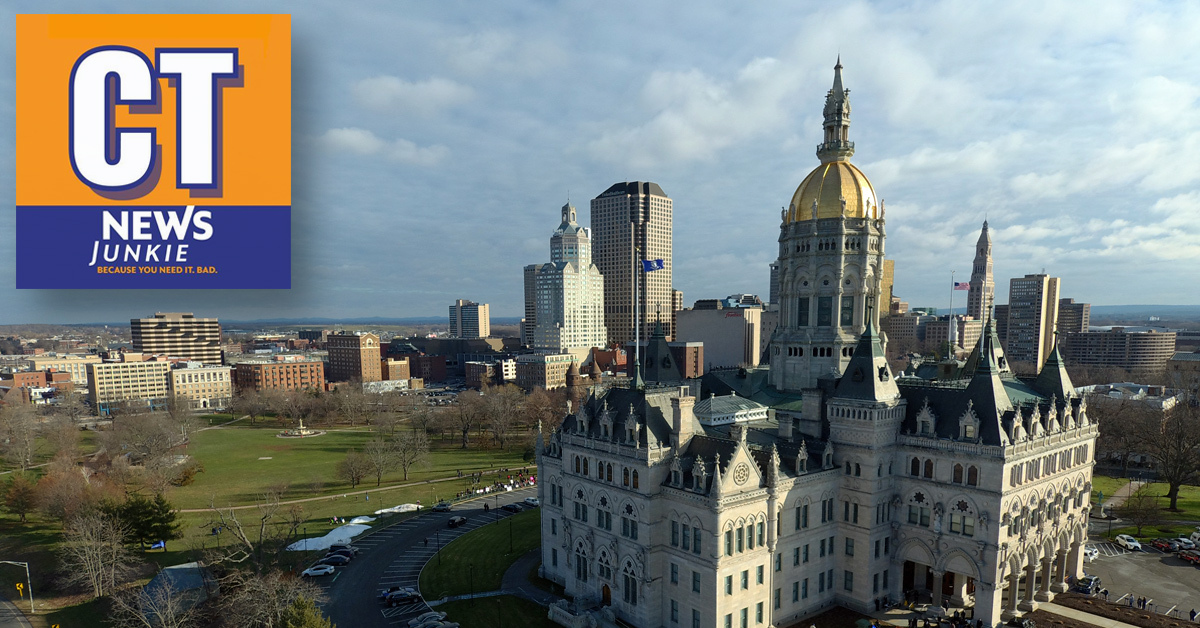Green Destruction: How M23 Rebels Are Ravaging Congo's Fragile Ecosystem
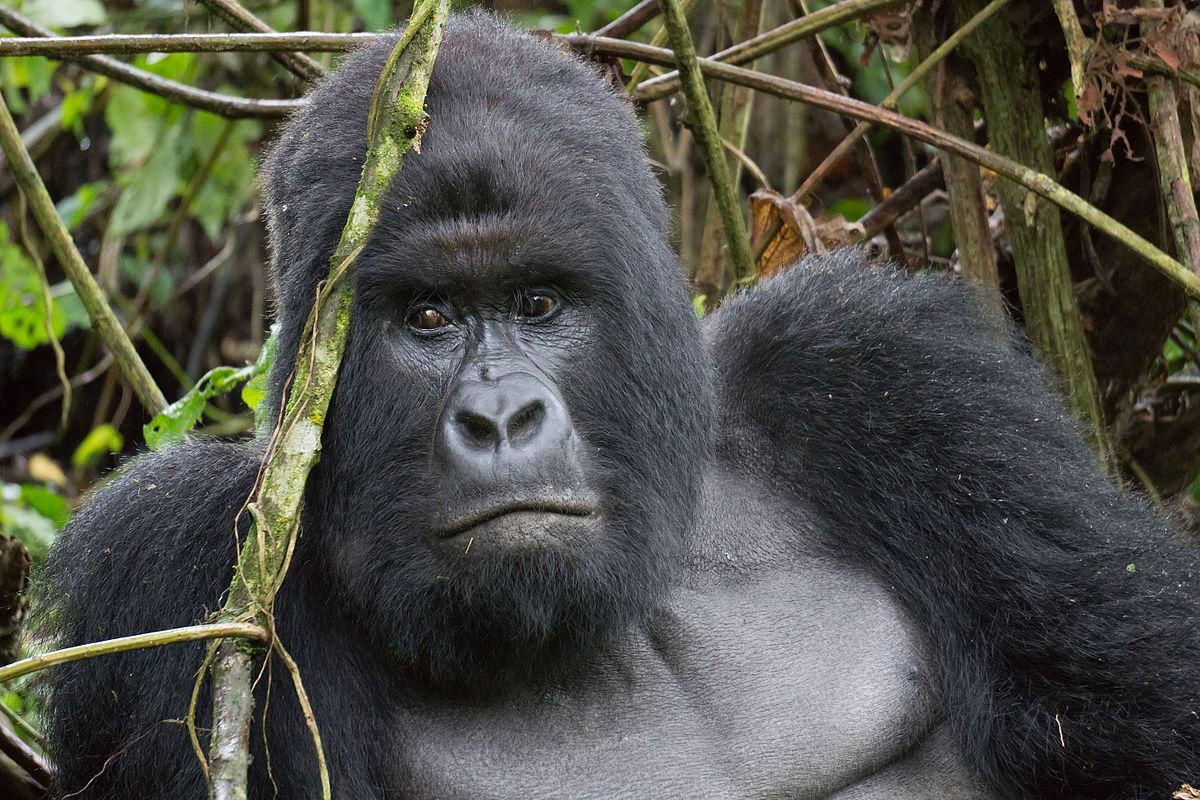
The Resurgence of M23: A Crisis Beyond Humanitarian Borders
The M23 rebel group's renewed offensive in eastern Democratic Republic of the Congo (DRC) has reignited a complex conflict with far-reaching consequences that extend well beyond immediate human suffering. While the humanitarian crisis—with millions displaced, thousands killed, and a devastating public health emergency—rightfully captures global headlines, an equally critical narrative unfolds beneath the surface: the profound environmental destruction.
The Kivu provinces, once a biodiversity hotspot, now bear the scars of prolonged conflict. As armed groups like M23 battle for territorial control, the region's delicate ecological systems are becoming collateral damage. Pristine forests are razed, wildlife habitats fragmented, and natural resources systematically exploited, creating a long-term environmental trauma that will outlast the immediate military confrontations.
This environmental degradation is not merely an ancillary consequence but a critical dimension of the ongoing conflict. The destruction of ecosystems threatens not just local biodiversity but also the sustainable livelihoods of communities who have depended on these landscapes for generations. Each gunshot, each displaced community, each burned hectare represents a compounding environmental and human tragedy.
As international attention focuses on immediate humanitarian relief, the need for comprehensive environmental restoration and protection becomes increasingly urgent. The M23 conflict reveals a stark truth: in modern warfare, environmental destruction is not just a side effect—it's a strategic weapon with lasting, devastating implications.

